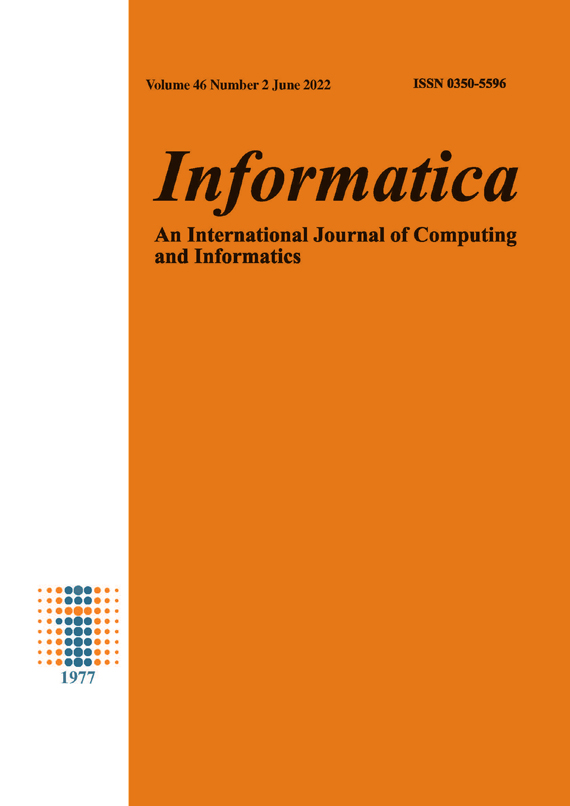Exploring the Parametric Impact on a Deep Learning Model and proposal of a 2-Branch CNN for Diabetic Retinopathy Classification with Case Study in IoT-Blockchain based Smart Healthcare System
DOI:
https://doi.org/10.31449/inf.v46i2.3906Abstract
Smart healthcare has changed the way how the patient interacts with the specialists for treatment. However, security and support for various diseases are still the concern for such smart automated systems. One of the critical diseases namely Diabetic Retinopathy (DR), is a major concern for the person with prolonged diabetes and may lead to complete blindness irrespective of age groups. Moreover, in recent years blockchain has gained popularity in providing secure communication between sender and receiver. Hence, this work focus on designing a blockchain-based smart healthcare system for the early detection of diabetic retinopathy. However, early detection of DR impose complexities and requires expert diagnosis, which is not available everywhere. Hence, the proposed smart healthcare model contains a Computer-Aided Diagnosis (CAD) assistance for early detection of symptoms of the disease. The CAD model may assist the ophthalmologists in the early detection of DR, which requires intensive research in developing an efficient and accurate model that can operate without human interaction. Convolutional Neural Network (CNN) is one of the learning models in AI that has shown its potential in computer vision applications. However, the performance of CNN depends on several factors like the pooling approach, activation function, learning rate and CNN architecture. This study provides an empirical analysis of these factors to design the best model for early detection of DR. The best model can be used to develop IoT based smart devices to detect DR in diabetic patients. The study also explains the importance of IoT and blockchain-based technology for the development of smart healthcare systems. The values of the parameters and type of hyperparameters chosen from the study is used in a proposed 2-branch CNN model, and the model is validated using the Kaggle fundus image set. Analysis of various parameters and using their best values gives an outstanding performance in the proposed 2-branch CNN model.Downloads
Published
Issue
Section
License
I assign to Informatica, An International Journal of Computing and Informatics ("Journal") the copyright in the manuscript identified above and any additional material (figures, tables, illustrations, software or other information intended for publication) submitted as part of or as a supplement to the manuscript ("Paper") in all forms and media throughout the world, in all languages, for the full term of copyright, effective when and if the article is accepted for publication. This transfer includes the right to reproduce and/or to distribute the Paper to other journals or digital libraries in electronic and online forms and systems.
I understand that I retain the rights to use the pre-prints, off-prints, accepted manuscript and published journal Paper for personal use, scholarly purposes and internal institutional use.
In certain cases, I can ask for retaining the publishing rights of the Paper. The Journal can permit or deny the request for publishing rights, to which I fully agree.
I declare that the submitted Paper is original, has been written by the stated authors and has not been published elsewhere nor is currently being considered for publication by any other journal and will not be submitted for such review while under review by this Journal. The Paper contains no material that violates proprietary rights of any other person or entity. I have obtained written permission from copyright owners for any excerpts from copyrighted works that are included and have credited the sources in my article. I have informed the co-author(s) of the terms of this publishing agreement.
Copyright © Slovenian Society Informatika








